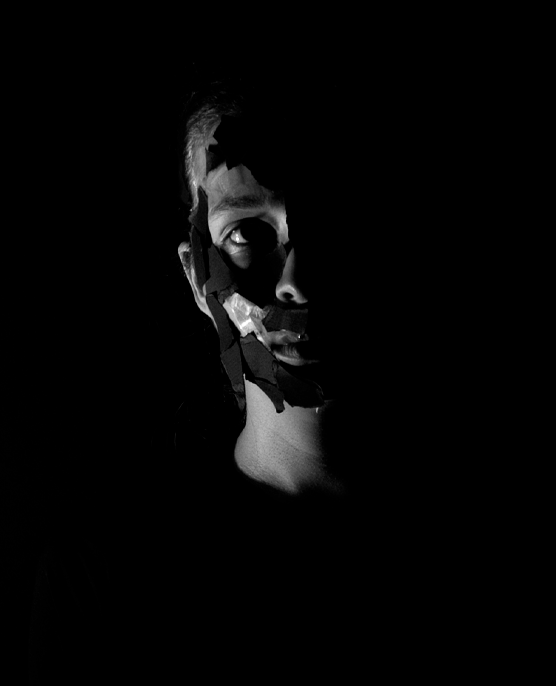Cover Art By Marwa Abedrabbah
Introduction By Grace Ripperger
It’s sometime in February, the sky overcast with gloom, and I’m following the backpacks ahead of me through campus after my biology lecture. The walkway seems to jostle, dense with bodies in winter coats. I’m aware that every single Syracuse student is between classes. But I’m composed, really. My face says, “I’m deep in thought—don’t spoil it.” I’m in front of Bird Library, trying to look mysterious and cool, when I slip. My right foot skids forward, my upper body surges backward. A shock of panic in my abdomen. By the time I untangle my hands from my pockets to steady myself, I’m stable again. Play it off play it off play it off. I keep walking, tuck my hands back in. I even look behind me, as if to say, “Who put that ice there?” Though I’m embarrassed, I’m suppressing a smile: I now have a story my roommate and I can laugh about later.
This memory, like so many others, is special because it has its own set of quirks. Its own shade of overcast, its own sense of panic and embarrassment, its own black ice splotch. Though I can return to this spot before Bird Library now, it wouldn’t be the same—only within my head does that exact place, with those exact physical and emotional quirks, exist. Once the moment passes, only our memories can take us back; our memories become the places that no longer exist. And from these come stories.
We’re all made of different memories, different places, different stories. But, we have one commonality: Syracuse. When we converge on this campus as Syracuse students, we bring with us all our differences. Between us, there are places only we can (re)call into existence.
In the third edition of Tell Your Story Walking, the Honors community reconstructs and explores the memory-places that differentiate us. Memories of external places—like the Safire Room in Bird Library—and of internal places—like how the Safire Room’s view of campus makes me feel both young and old. Through multiple forms of nonfiction storytelling, we once more bring these memory-places into existence for you, our readers. A living room whose decor is embedded with a family’s generational hopes and legacies on page 25. An accepting home that transforms a stifled identity to an authentic one on page 20. How loss is part of the self-growth process on page 11. How adopting the audience’s perspective can help an artist resolve creative blocks on page 49.
Like our artist on page 49, it’s up to you, our audience, to look at things from a different angle—to question and challenge conventions. Are our memory-places, deep within our heads, as different as they seem? Are we as different as we seem?
We think you’ve come to the right place to decide.

